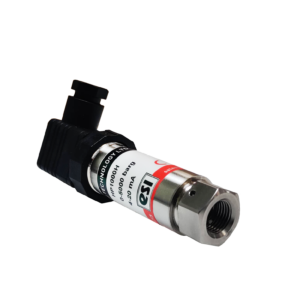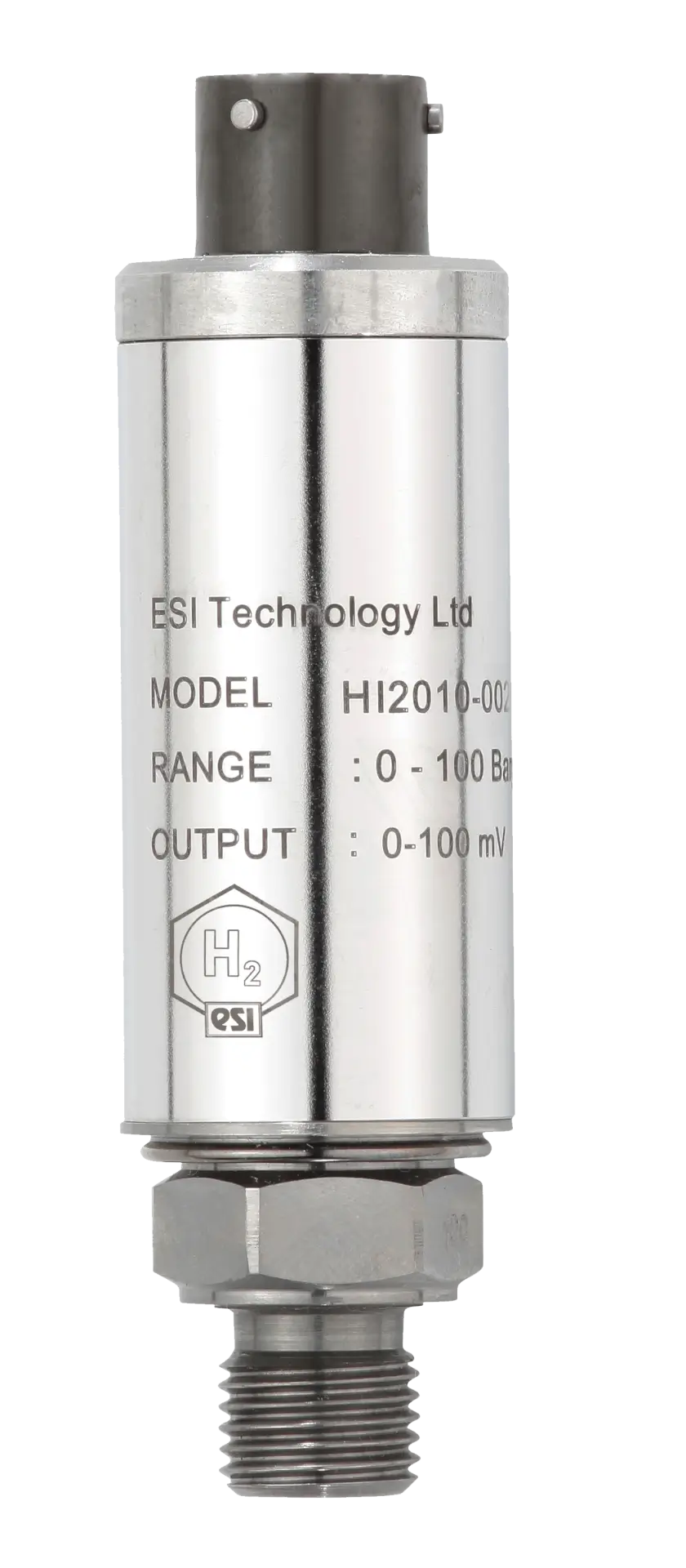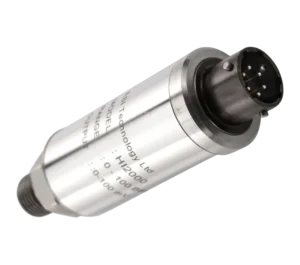Our Unit Converter
The ESI Unit converter allows you to quickly and easily access a conversion tool to work out your preferred unit of pressure measurement wherever you may be. Whether out on-site or in the office.

Download the ESI-USB© Software
The ESI-USB© software allows you to connect your ESI transducer to your laptop or PC and be up and running monitoring pressure data within ten minutes. The software auto-updates and is compatible with Windows 8, 10 & 11.
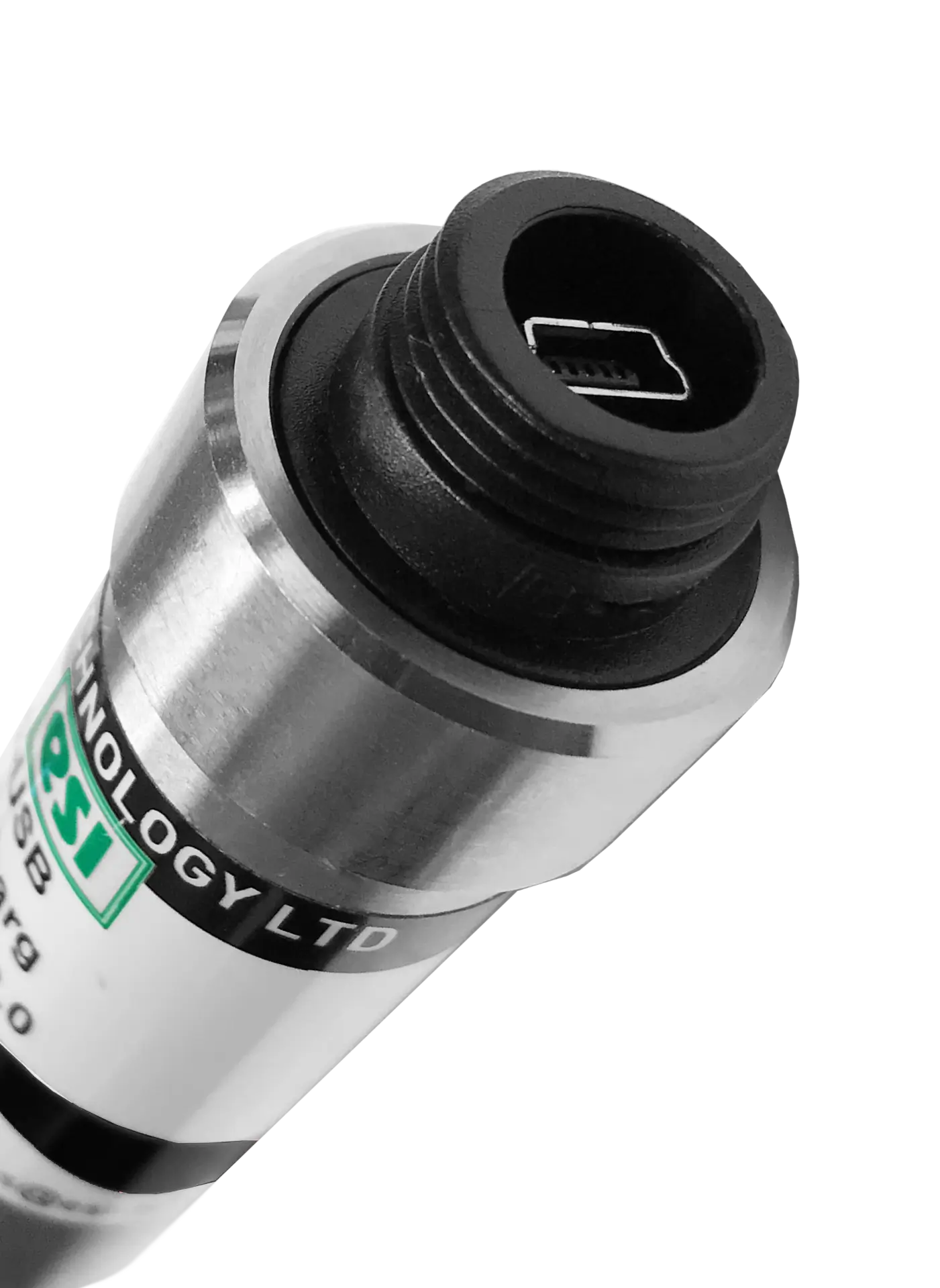
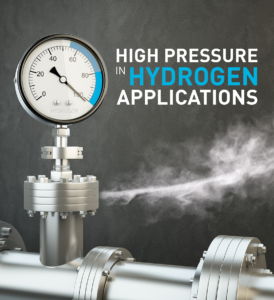
Operating hydrogen systems under high pressure presents significant safety challenges due to hydrogen’s highly flammable nature. When mixed with air, hydrogen can form an explosive atmosphere, and even a small spark or heat source can lead to catastrophic explosions. Therefore, equipment used in these environments must adhere to stringent safety standards, such as ATEX and IECEx certifications, ensuring that the equipment is designed to prevent ignition in explosive atmospheres. These certifications are critical in hydrogen fuelling stations, industrial storage systems, and marine applications where hydrogen leaks could create a highly dangerous situation.
The HP1000H pressure transducer from ESI Technology is designed specifically to measure hydrogen in high-pressure applications, with the capacity to measure pressures up to 5,000 bar (72,500 psi). This capability makes it ideal for hydrogen fuel cell systems, energy storage applications, and marine fuel systems where monitoring extreme pressures is crucial for safe operation. A key feature of the HP1000H is its optional ATEX/IECEx certification, ensuring safe use in hazardous areas where hydrogen is present. Additionally, the HP1000H offers optional DNV GL approval, making it highly suitable for the marine industry, where strict safety and performance standards are required to ensure safe hydrogen use on ships and offshore platforms. These certifications are particularly important for environments where explosive atmospheres may arise, such as hydrogen fuelling stations, industrial manufacturing sites, and marine vessels utilizing hydrogen fuel cells.
The HP1000H’s ability to withstand such extreme pressures, combined with its industry-leading safety certifications, ensures it meets the stringent safety and performance demands of high-pressure hydrogen systems. Moreover, its construction with advanced materials ensures long-term durability and compatibility with hydrogen, which can cause embrittlement in many metals over time. This durability, along with its high precision, makes the HP1000H a highly reliable tool for monitoring hydrogen pressures in critical applications. With its DNV GL, ATEX, and IECEx certifications, the HP1000H is suitable for a broad range of hydrogen-related industries, including those with demanding safety requirements like the marine sector, where both safety and performance are essential in challenging environments.
Find out more about the HP1000H here

